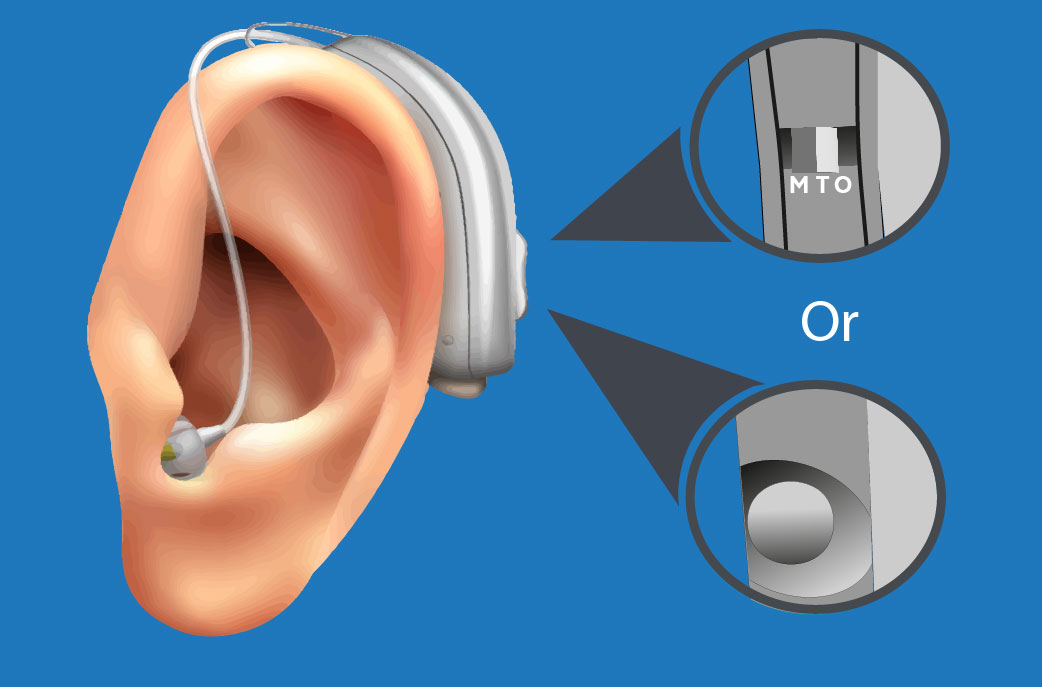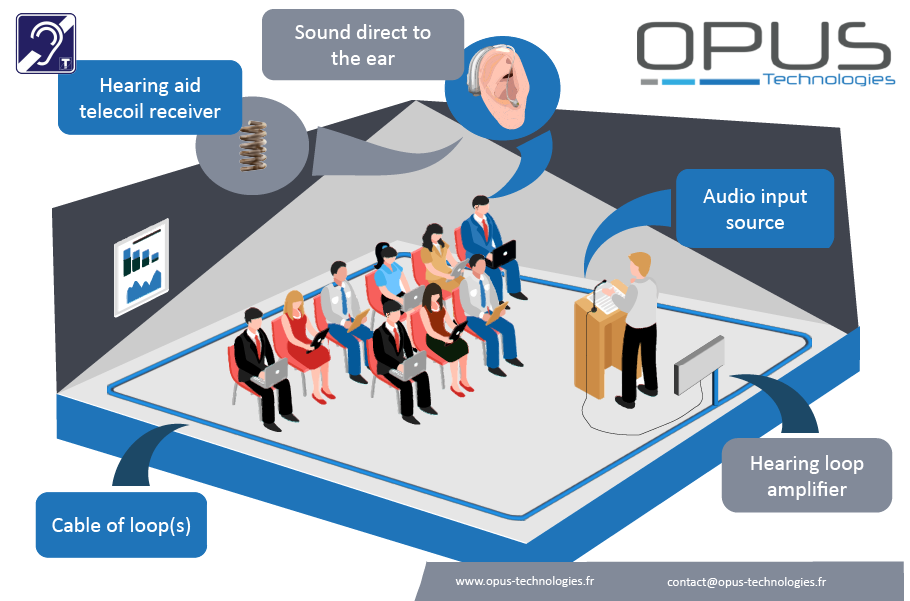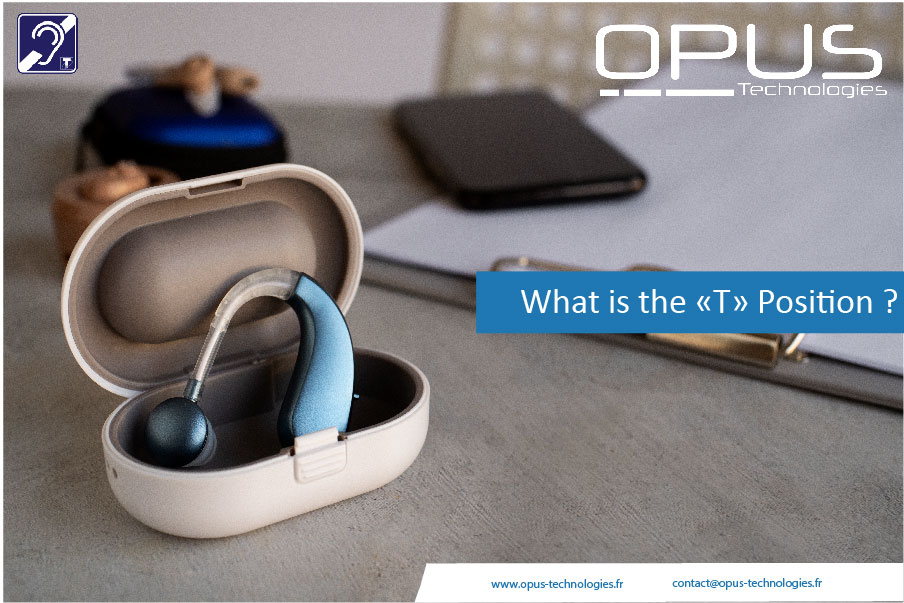The World Health Organisation estimates that 466 million people worldwide suffer from “disabling” hearing loss. Of these, about 40% are under 55 years of age and half of them are hard of hearing.
According to a study conducted in 2020, approximately 65% of hearing aid users have access to a magnetic loop in their daily environment in France. These figures highlight the growing need of the population for hearing amplification equipment, especially in public places.
Many countries have therefore introduced legislation to encourage public facilities to be equipped with telecoil systems. Magnetic loops improve communication, whether in one-to-one or group conversations. Already present in many public places, including churches, theatres and railway stations, the magnetic loop allows information to be transmitted without echo or noise. However, the accessibility of public places to people with hearing loss is not always optimal, despite the legal provisions put in place to guarantee their right to communication. To remedy this problem, many associations and organisations are working to raise public awareness and improve the care and accessibility of people with hearing loss, such as HLMA, FISAF, etc.
How the magnetic loop works

To pick up the amplifier, the hearing-impaired person must activate the T-position on their hearing aid. The T-position is a push button or switch. This button is used to activate the telecoil inside the hearing aid.
What is the telecoil?



